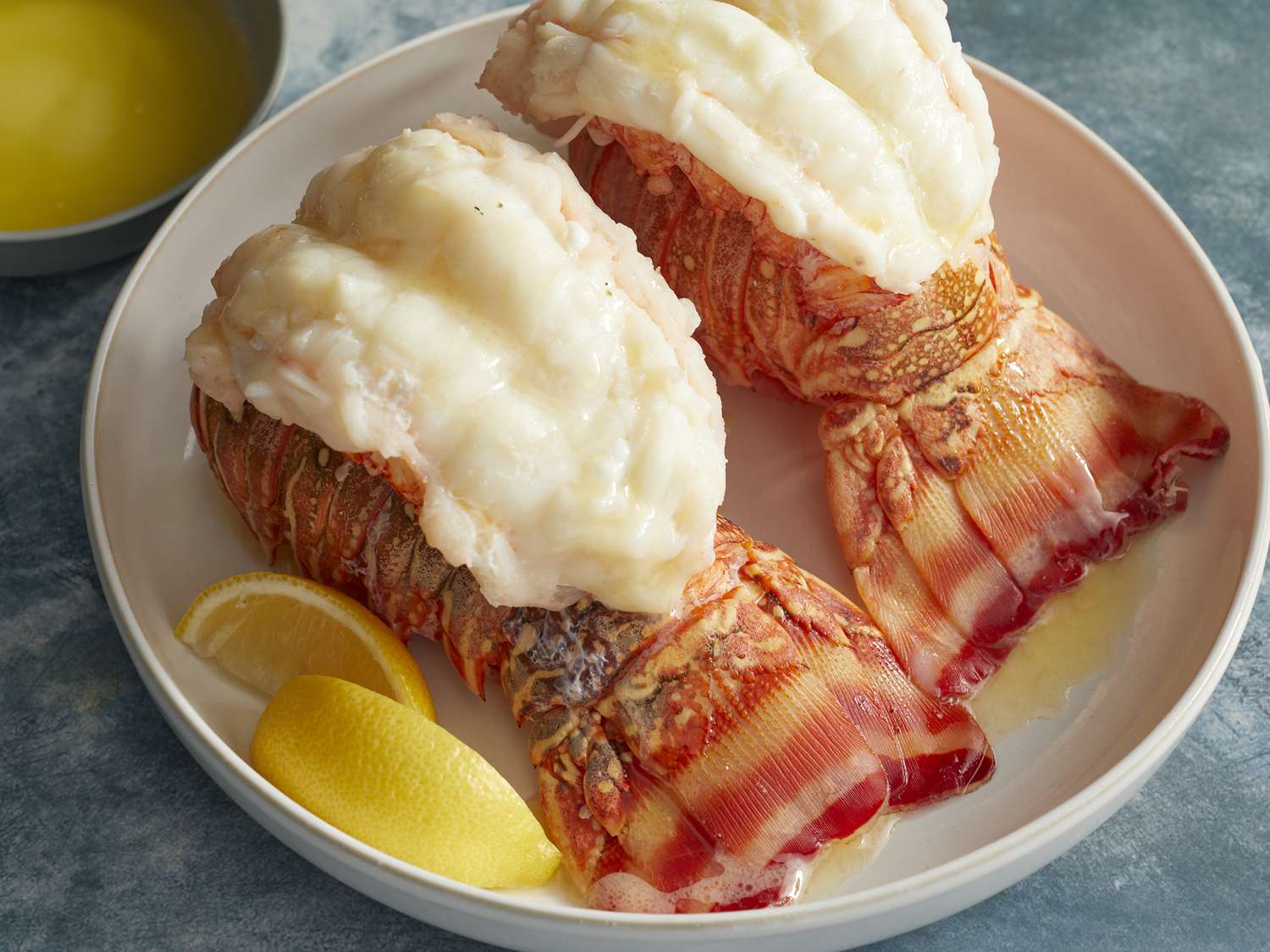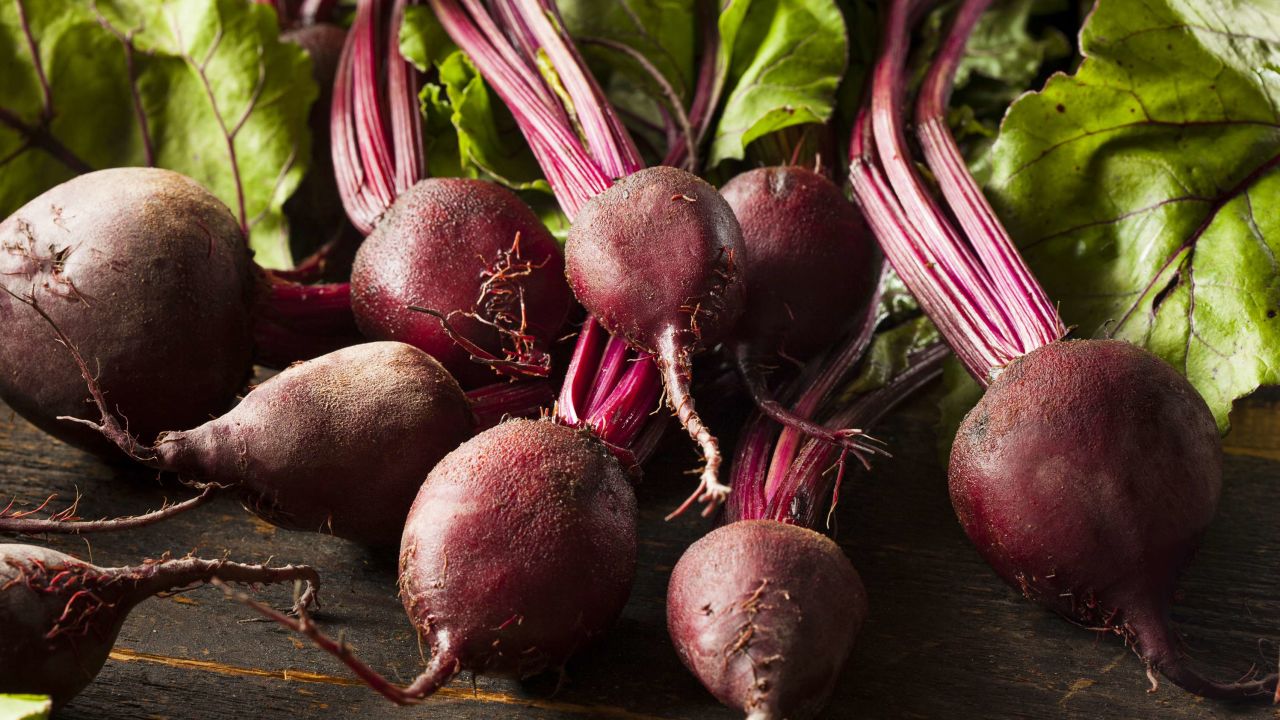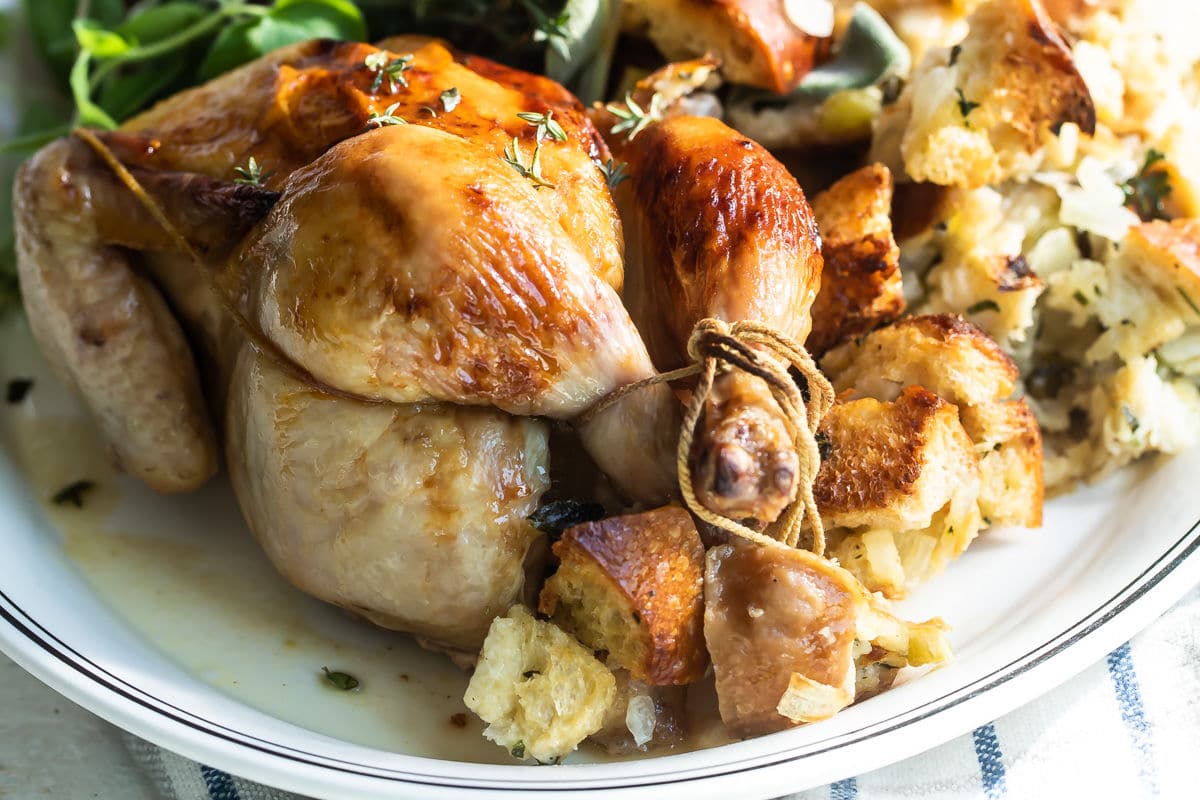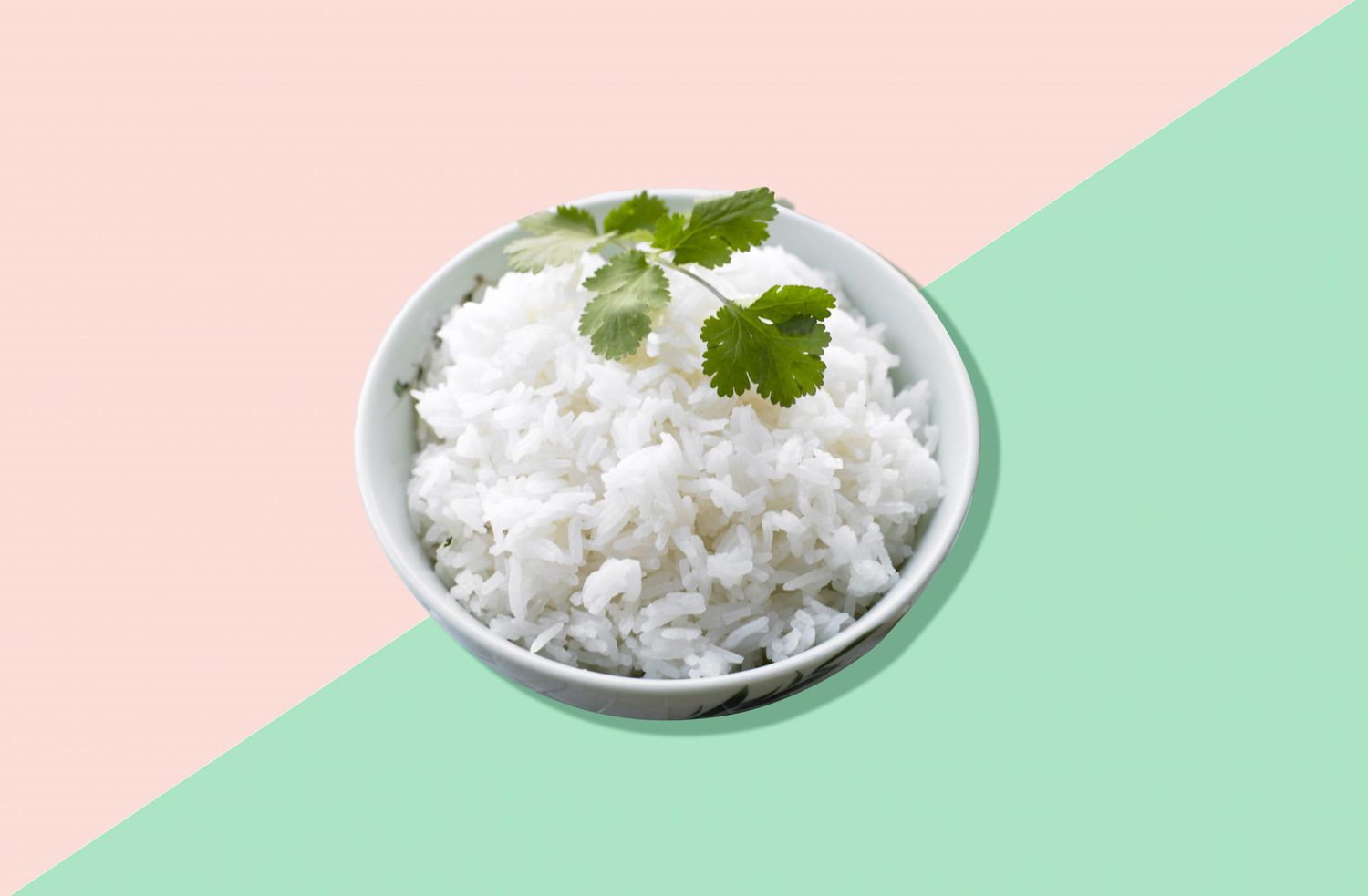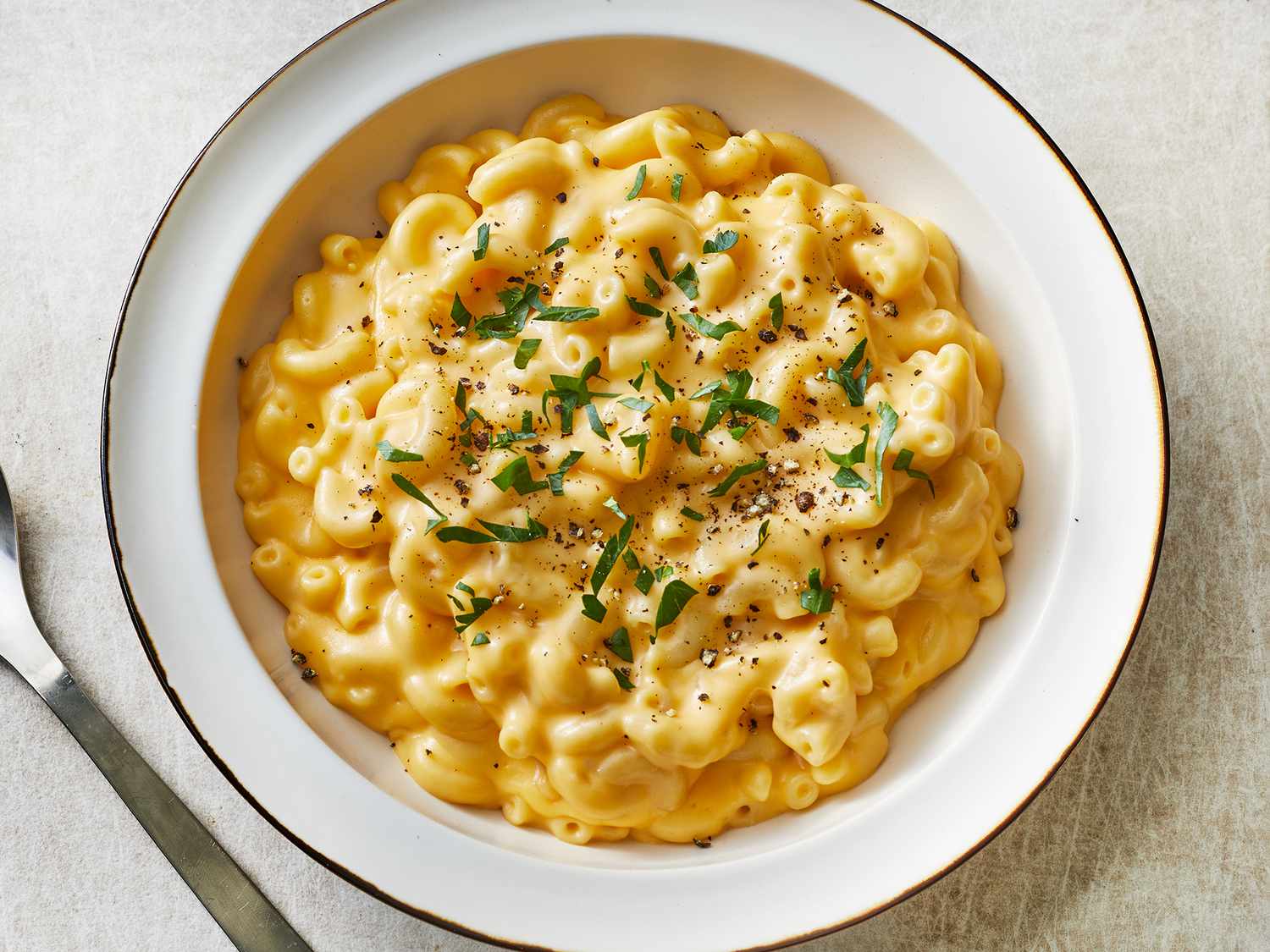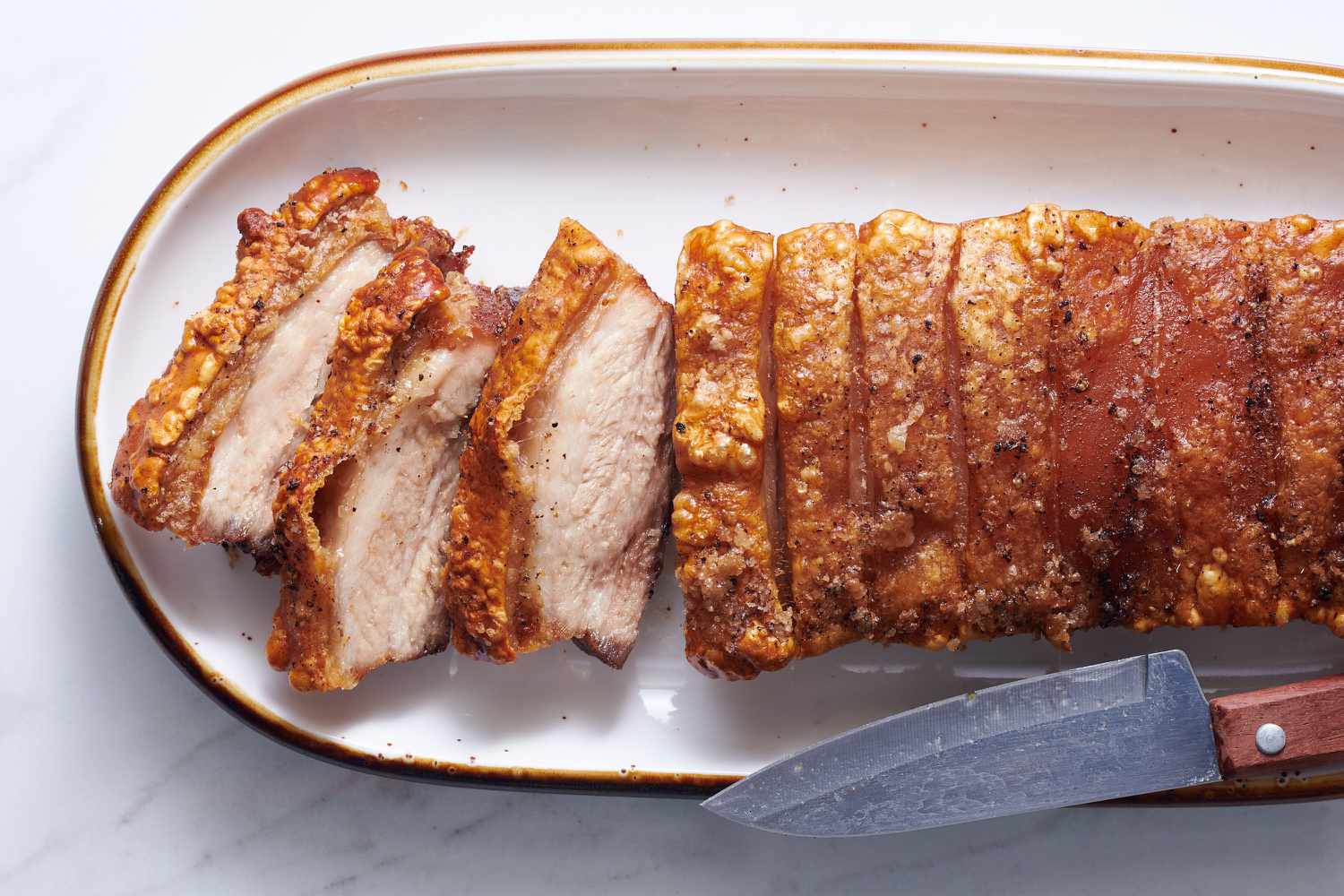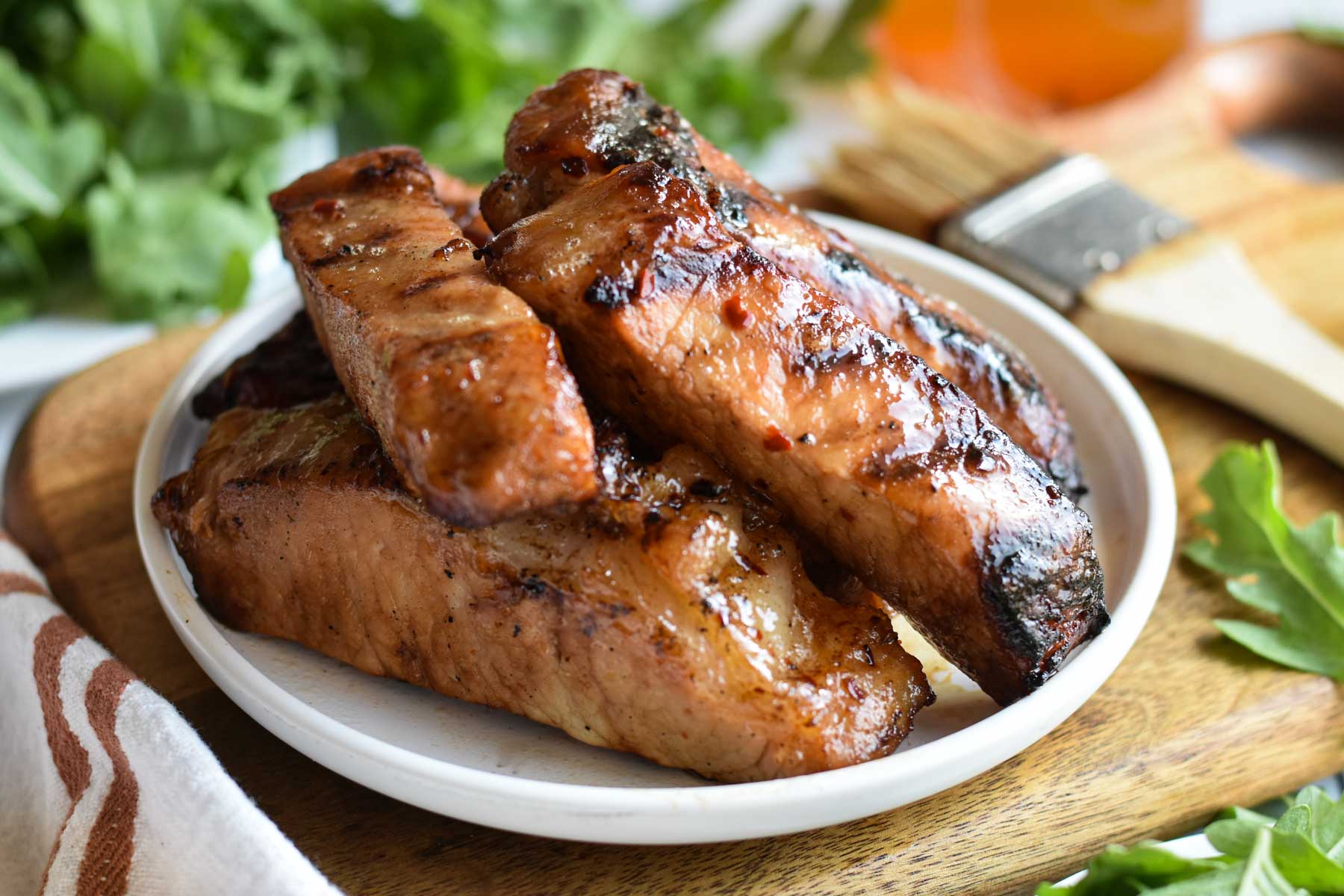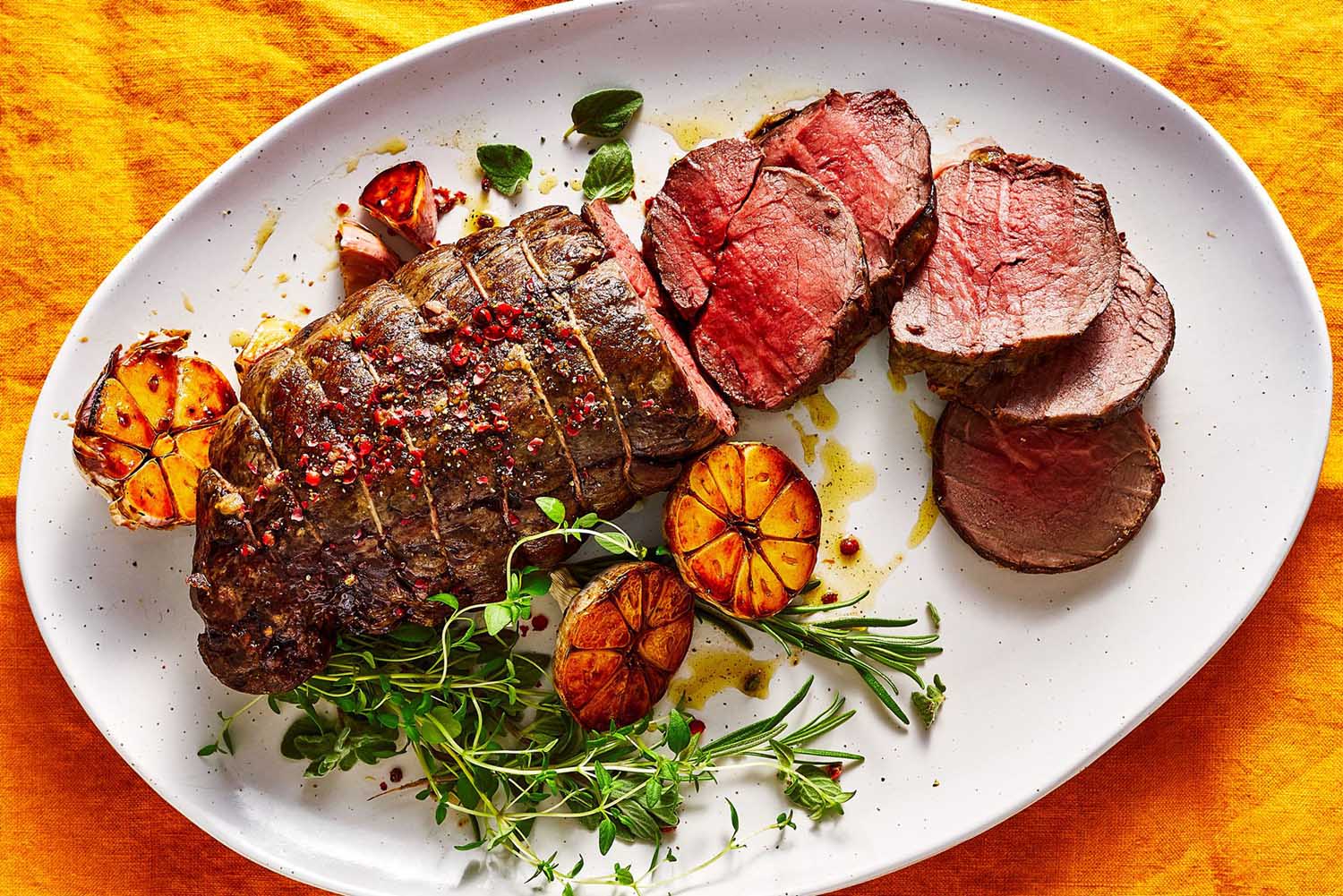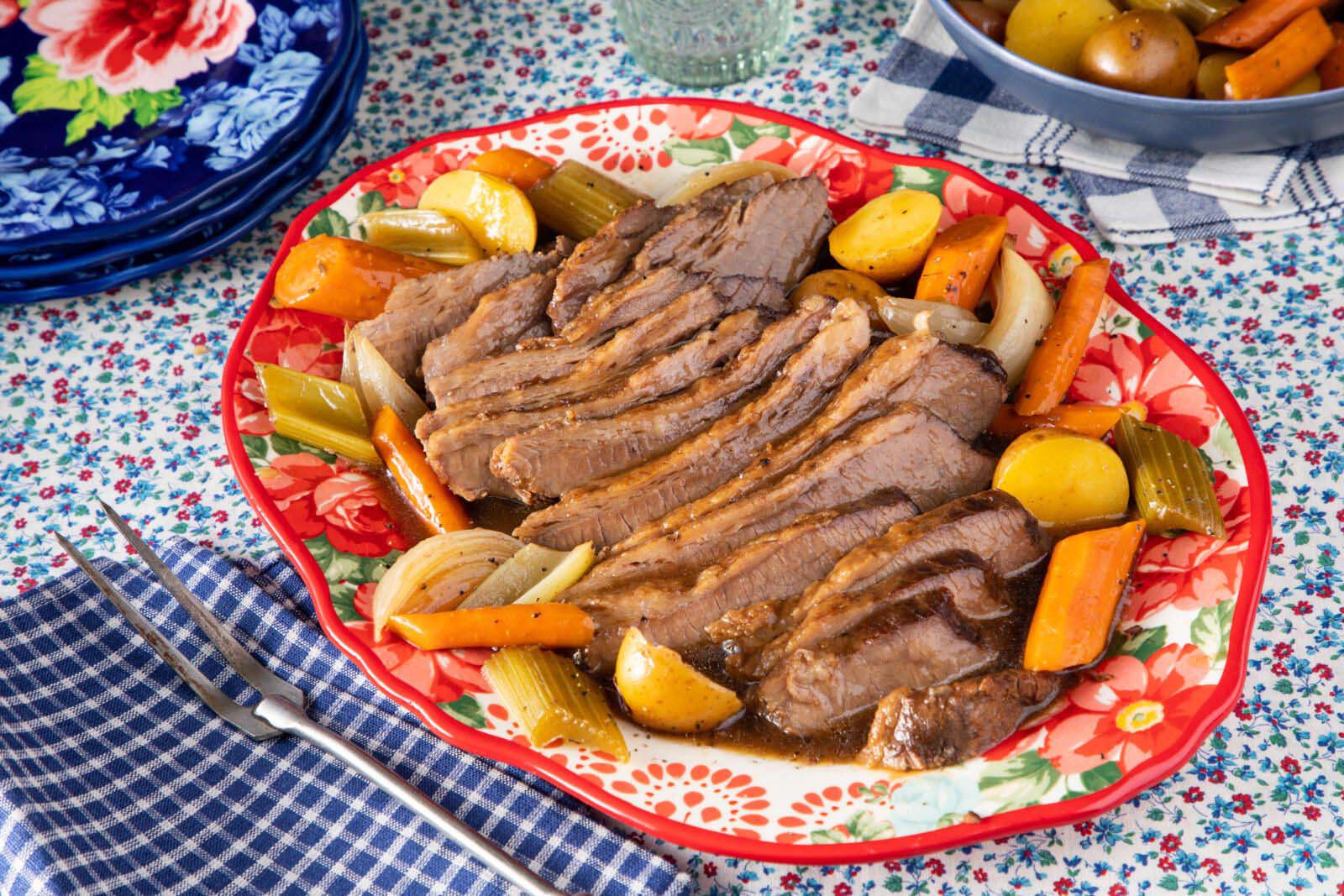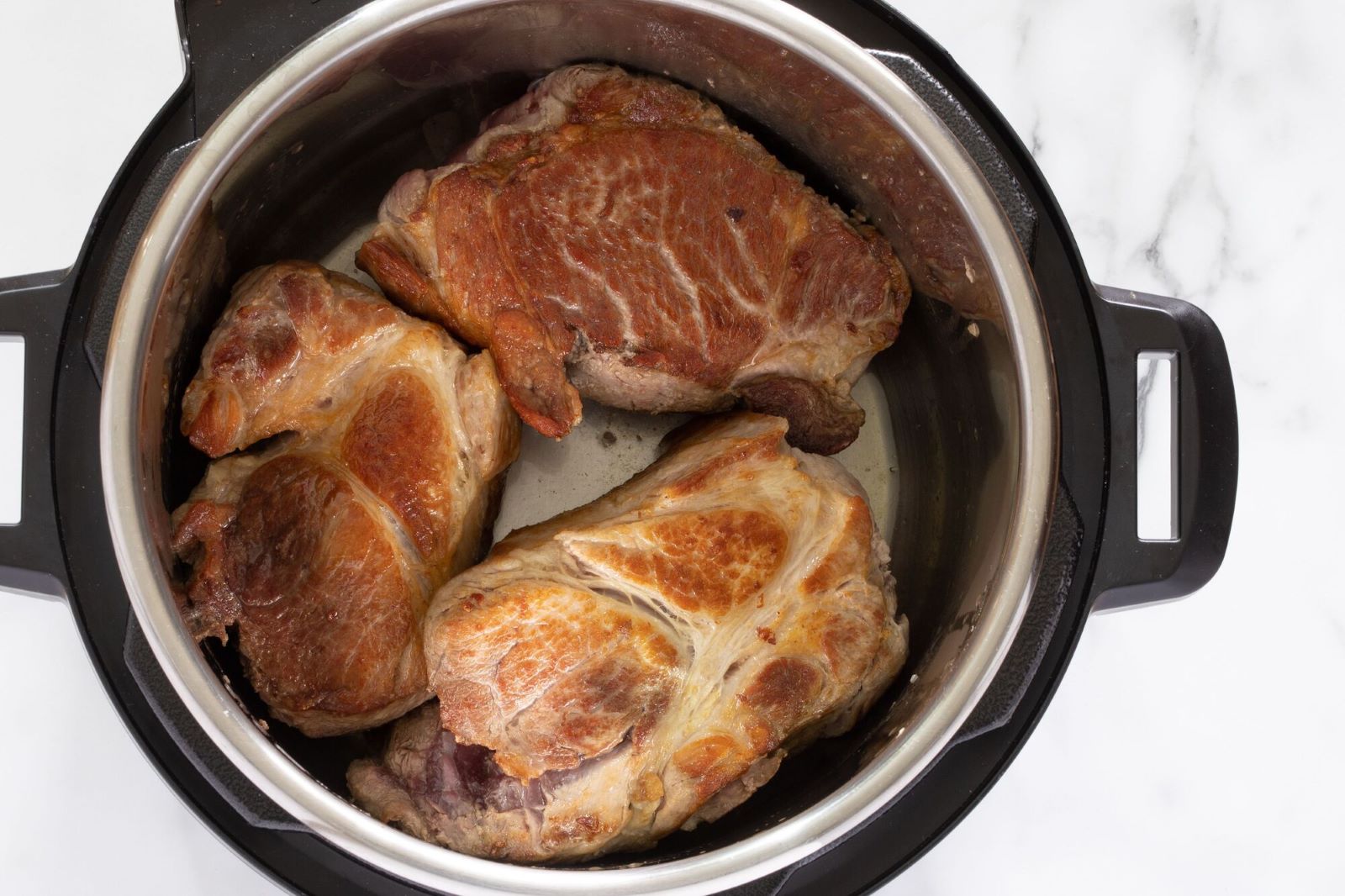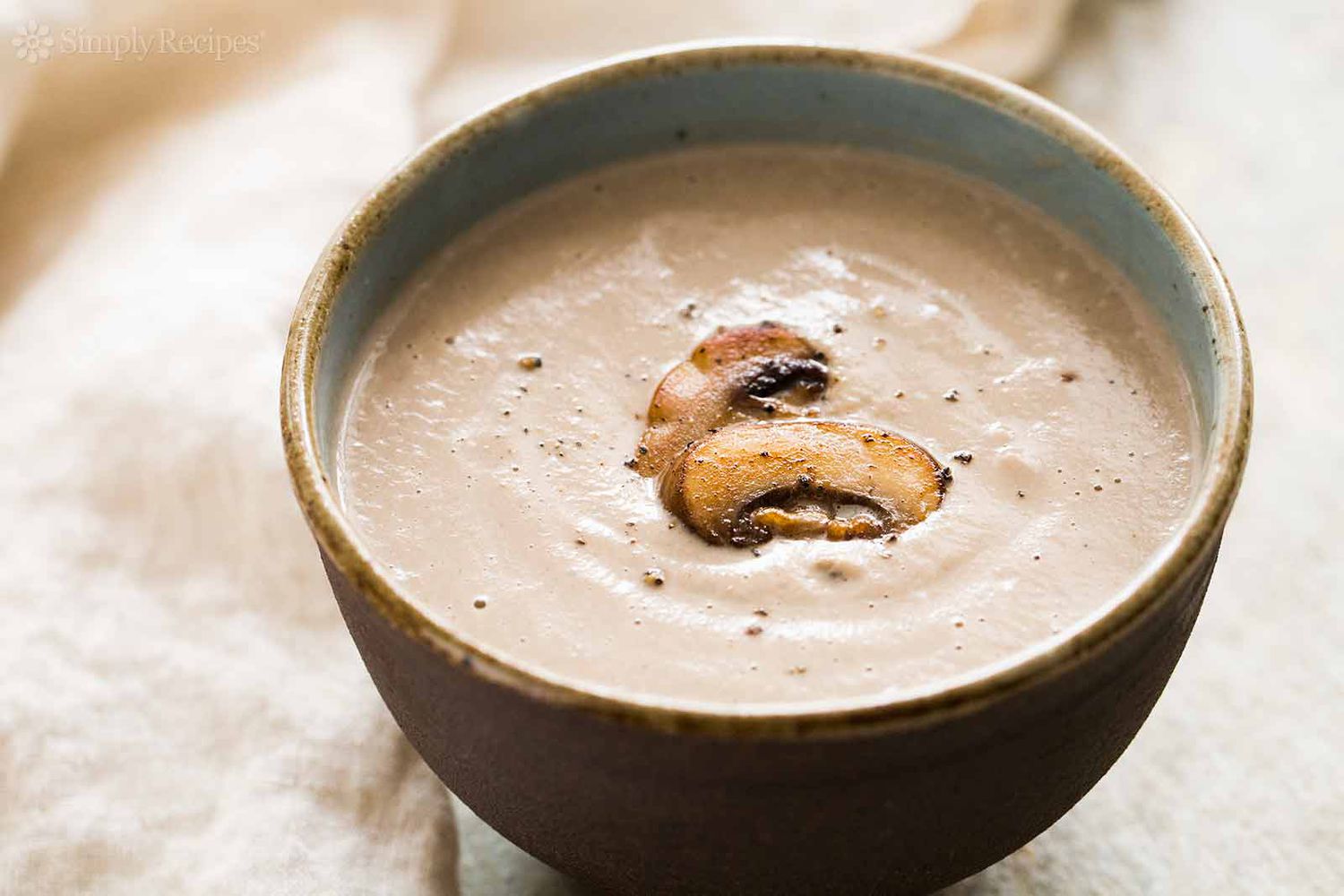Get Your Taste Buds Ready: Unleash the Flavors of Bone-In Pork Butt
Are you ready to embark on a culinary adventure? Look no further than bone-in pork butt, a versatile and delicious cut of meat that will make your taste buds dance with delight. Whether you’re a seasoned home cook or just starting your culinary journey, we’ve got you covered with our step-by-step guide on how to cook bone-in pork butt to perfection.
What is Bone-In Pork Butt?
Before we dive into the cooking process, let’s talk about what bone-in pork butt actually is. Despite its name, pork butt doesn’t come from the rear end of the pig. It is, in fact, a cut of meat from the upper shoulder of the pig and contains a portion of the shoulder blade bone. This bone adds incredible flavor and helps keep the meat juicy during the cooking process.
Preparation: Setting the Stage for Success
Preparing your bone-in pork butt properly is essential to ensure a delicious and tender final result. Follow these simple steps to set the stage for cooking success:
- Trim excess fat: While a bit of fat adds flavor, excessive fat can hinder the cooking process. Trim any excess fat from the surface of the pork butt, leaving a thin layer to enhance the taste.
- Season generously: Create a mouthwatering blend of spices to season your pork butt. Common seasonings include salt, pepper, garlic powder, paprika, and brown sugar. Don’t be shy with the seasoning – this is where the magic happens.
- Let it rest: After seasoning, allow the pork butt to rest at room temperature for about 30 minutes. This helps the flavors penetrate the meat and ensures even cooking.
The Cooking Process: Low and Slow is the Way to Go
Now that your bone-in pork butt is perfectly prepped, it’s time to fire up your cooking skills. Here’s the lowdown on the cooking process:
- Preheat your oven: Set your oven to 325°F (163°C) to create the perfect cooking environment for your pork butt.
- Brown it up: Heat a large skillet or Dutch oven over medium-high heat. Sear the pork butt on all sides until it develops a beautiful golden-brown crust. This step adds depth of flavor.
- Add your aromatics: Transfer the seared pork butt to a roasting pan or Dutch oven and surround it with chopped onions, garlic, carrots, and celery. These aromatics will infuse the meat with incredible flavors.
- Cook low and slow: Cover the roasting pan or Dutch oven with a lid or foil and place it in the preheated oven. Let the bone-in pork butt cook for approximately 3 to 4 hours, or until it reaches an internal temperature of 195°F (90°C). The long, slow cooking time will break down the connective tissues, resulting in a tender, melt-in-your-mouth texture.
- Rest and shred: Remove the cooked pork butt from the oven and let it rest for about 20 minutes. This allows the juices to redistribute and ensures maximum juiciness. Once rested, use two forks to shred the meat into juicy, flavorful strands.
Enjoy the Fruits of Your Labor
Your bone-in pork butt is now perfectly cooked and ready to be enjoyed. There are endless ways to indulge in this succulent meat:
- Pulled pork sandwiches: Pile the shredded pork onto a soft bun, top it with your favorite barbecue sauce, and add a crunchy coleslaw for the ultimate pulled pork sandwich.
- Tacos and burritos: Fill tortillas with the juicy pork, then add your favorite toppings like salsa, guacamole, and fresh cilantro for a mouthwatering Mexican-inspired meal.
- Pasta dishes: Toss the shredded pork with al dente pasta and your preferred sauce for a hearty and comforting dinner option.
- Salads and grain bowls: Add the flavorful pork to a bed of greens, quinoa, or rice, and top it with your favorite veggies and dressings for a nutritious and satisfying meal.
Now that you’ve mastered the art of cooking bone-in pork butt, let your creativity run wild in the kitchen. Experiment with different seasonings, sauces, and cooking methods to create mouthwatering dishes that will have your family and friends begging for seconds.
Remember, cooking is an adventure, so embrace the process and enjoy the delicious rewards that come with it. Bon appétit!
Was this page helpful?
Read Next: How To Cook Quaker Old Fashioned Oats
Abby Marcelino
Abby is a writer, editor, and a fan of ASMR mukbang and cooking videos. Her family has been in the food industry for years and she has been working for their business as a part-time quality assurance officer and content creator. She is addicted to all things dairy and carbs, most especially cheese and bread.
